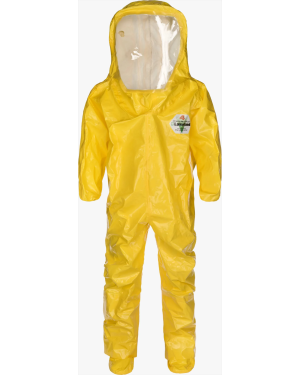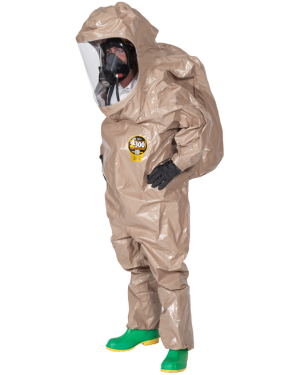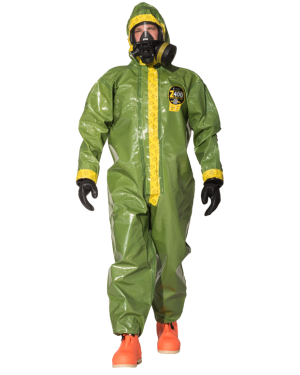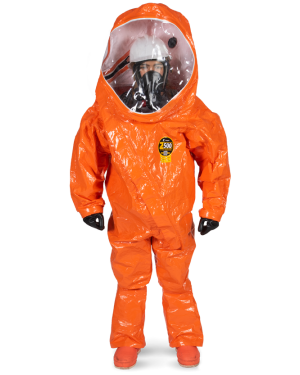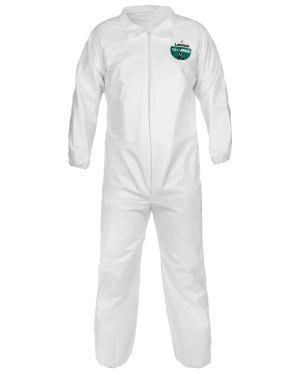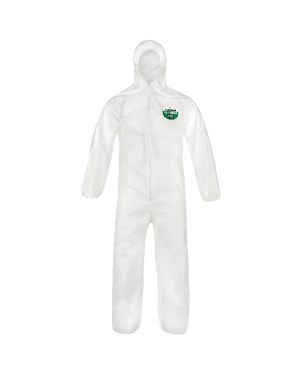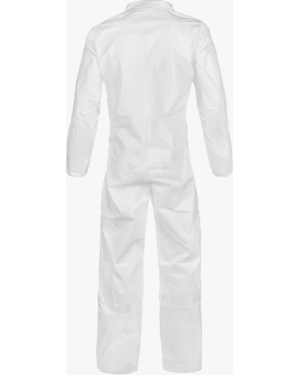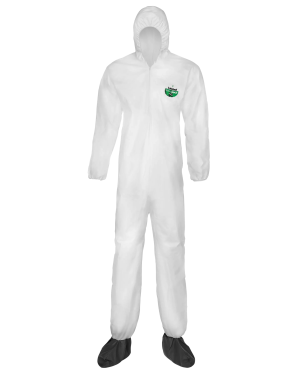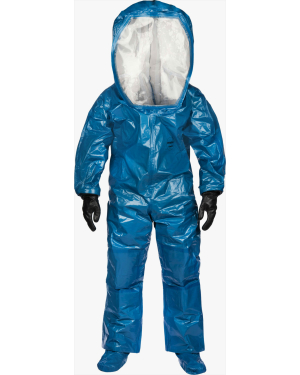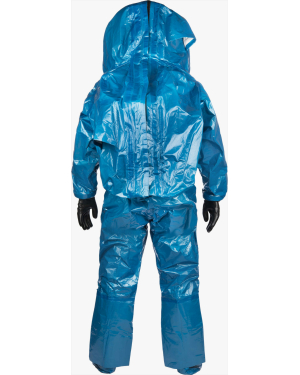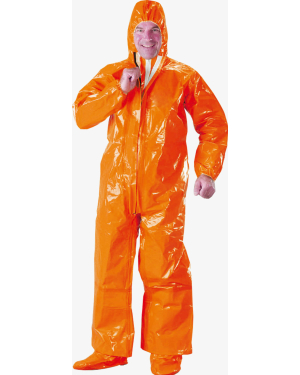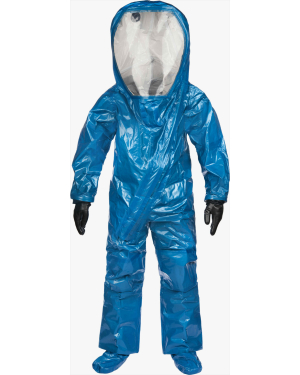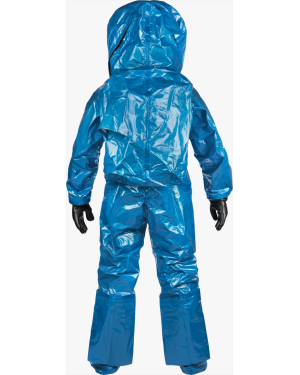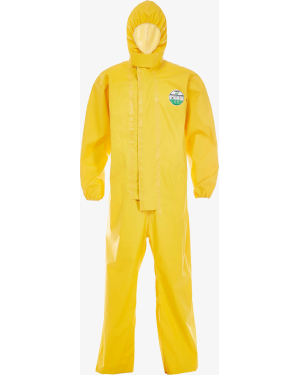What is Chemical Splash?
The purpose of chemical protective clothing is to prevent contamination of the wearers skin or clothes. Preventing the ingestion or inhalation of chemicals is the purpose of other PPE (Personal Protective Equipment), often worn in conjunction with chemical protective clothing. View Chemical Search.
Consequences of dermal chemical contamination range from minor skin irritation and skin burns, to, where chemical splash can absorb into the body through the skin, a range of adverse health effects – including damage to organs and cancers.
Chemical exposure may occur in the form of:
There are many applications throughout multiple industries where chemicals are used or produced in liquid or dust form, inlcuding exposure to fumes or materials that develop due to chemical reactions:
- Airborne hazards (e.g., particulates, gases, vapors, and aerosols)
- Biological hazards (e.g., viruses, bacteria, plants, pathogens, animals, and genetically modified organisms)
A secondary requirement of chemical protective clothing may also be protecting against the contamination of a wearer’s normal clothing.
Penetration
The macro-level process is when dust or liquid passes through holes or gaps in the structure of the suit fabric, or through gaps between the suit and other chemical protective clothing. Protection results from the fabric type and the coverall design and construction. Penetration generally deals with larger, visible volumes and is therefore an issue more concerned with lower-toxicity chemicals that are harmful in larger volumes.
Permeation
The micro-level process by which the molecules of a liquid or gas (rarely dusts) pass between the molecules of a substance, thus passing through an apparently “solid” barrier, such as a chemical protective clothing fabric. Permeation is an inevitable process that cannot be prevented, only delayed or slowed. Many chemicals are harmful in very small volumes, so assessing permeation resistance specific to each chemical is vital in selection of chemical protective clothing.
What Hazards Come from Chemical Splash?
Chemicals are varied in nature, so it is vital for safety managers and wearers of chemical protective clothing to have a thorough understanding of the hazards present when selecting PPE.
They may also change the state in use (liquid becoming vapor) as temperature changes.
Chemicals may enter the body via three routes:
- Ingestion
- Inhalation
- Absorption through the skin
Chemical toxicity – the mass or volume of a chemical that is absorbed into the body and is likely to result in harm – is important in assessing the effectiveness of chemical protective clothing and in judging how long clothing can be safely worn if contaminated.
Specific injuries from chemical splash include:
- Chemical burns
- Disfigurement
- Respiratory poisoning and toxicity
- Increased risk of long-term diseases (e.g., cancer, organ damage, loss of eyesight)
Chemical splash PPE fabric resistance can be tested through abrasion resistance, tensile and tear strength, puncture resistance, and flex cracking resistance. Discover more about the physical properties of chemical protective clothing fabric here.
OSHA Level A
EN Cat. III, Type 1/2
OSHA Level B
EN Cat. III, Type 3/4
OSHA Level C
EN Cat. III, Type 5/6
OSHA Level D
EN Category I
In North America, the OSHA levels described above represent the sole guidance for chemical protective clothing and related PPE selection. However, EN standards are more extensive, providing details of garment construction and design requirements according to protection type, along with mandatory testing of fabrics and garments.
While EN standards are developed by and considered mandatory for the European Union, they are increasingly applied in many other regions, including Latin America, the Middle East, Asia, and Canada.
Appropriate donning and doffing procedures are important in ensuring protection against chemical splash is maintained. Chemical protective clothing not donned properly may not protect, while doffing may be a hazardous process itself if the suit is contaminated.
PPE for Chemical Splash Protection
In the case of chemical splash protection, deciding between reusable or disposable chemical protective clothing can be misleading for one simple reason: permeation.
The general rule should be that no suit that is either damaged or contaminated should be re-used.
Once a suit is contaminated with a chemical, it is almost impossible to know if it remains trapped in the molecular structure of the fabric (even if it has not permeated through). If the suit is contaminated, then the chemical may seep out later, causing a potential hazard during doffing and donning or resulting in faster permeation when next contaminated. It could also combine with other chemicals if a suit is re-used for other protection – with unpredictable consequences.
Lakeland’s ChemMax® chemical suits provide a comprehensive range of protection against most chemicals in use.
Check out the multiple configurations and styles of Lakeland Pyrolon® for chemical and FR protection.
Protect Your People From Chemical Splash
Chemical Splash FAQ





